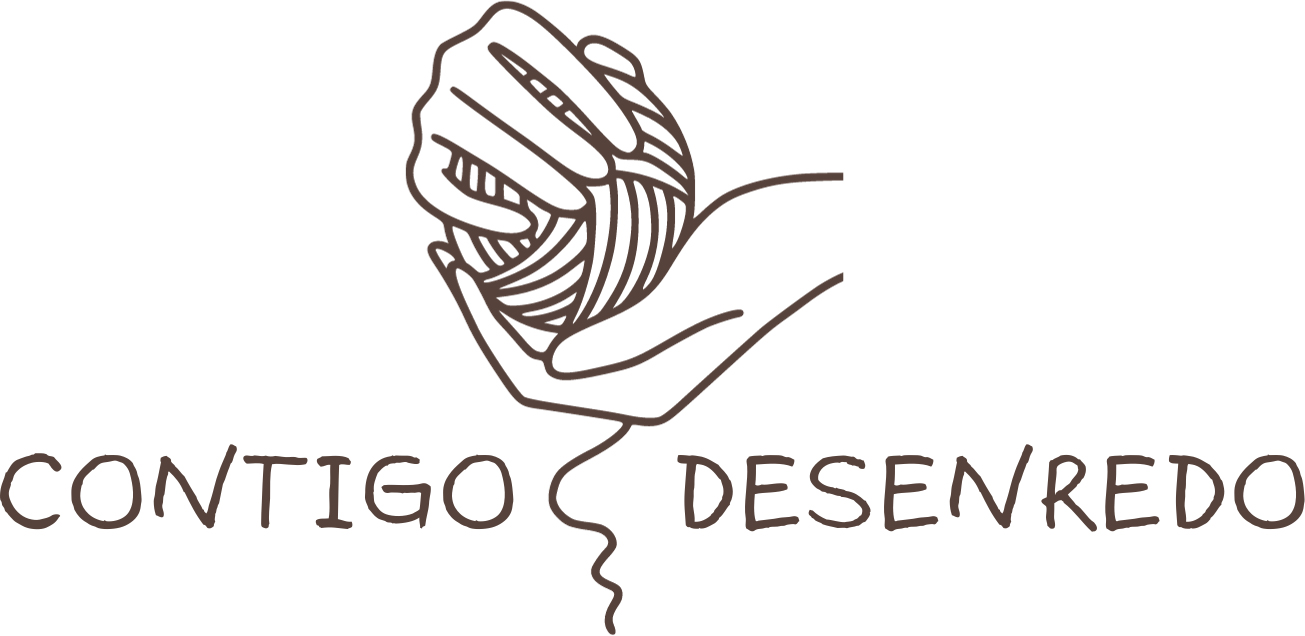Understanding the Importance of Writing a Justification
In the world of business and academia, writing a justification is an essential skill that is often overlooked. However, understanding the importance of writing a justification can greatly benefit individuals and organizations alike.
First and foremost, a justification provides a clear and concise explanation for a decision or action. It allows individuals to articulate their reasoning and demonstrate the thought process behind their choices. This not only helps others understand the decision, but also ensures transparency and accountability.
Additionally, writing a justification promotes critical thinking. It requires individuals to analyze the situation, evaluate different options, and present a logical argument to support their chosen course of action. This process helps to strengthen analytical skills and encourages individuals to think strategically.
Furthermore, a well-written justification can serve as a persuasive tool. When presenting a proposal or seeking approval for a project, a compelling justification can sway decision-makers and increase the likelihood of success. By clearly outlining the benefits, costs, and potential outcomes, a justification can address any concerns and build a strong case for action.
In addition to its practical benefits, writing a justification also enhances communication. It allows for effective information sharing among team members and stakeholders, ensuring everyone is on the same page. A well-written justification can also prevent misunderstandings and facilitate collaboration by providing a clear framework for decision-making.
Overall, understanding the importance of writing a justification is crucial in both personal and professional settings. Whether it’s explaining a decision, persuading others, or promoting effective communication, a well-crafted justification can make all the difference. So next time you find yourself needing to explain or defend a decision, remember the power of a strong justification.
Identifying the Purpose of Your Justification
When it comes to justifying your actions or decisions, it is important to have a clear understanding of the purpose behind it. Without a clear purpose, your justification may lack substance and fail to convince others.
Identifying the purpose of your justification is like setting the foundation for a strong argument. It helps you clarify your intentions and communicate your reasoning effectively. By knowing why you need to justify yourself, you can tailor your argument to address the specific concerns or objections you may encounter.
Strong justifications are built upon strong purposes. When you are able to clearly articulate the purpose of your justification, you can bring focus and direction to your argument. This not only helps you stay on track but also allows your audience to understand the relevance and importance of your reasoning.
Identifying the purpose of your justification involves reflecting on your actions, decisions, or choices. It requires you to ask yourself:
- What led me to this decision?
- What outcomes am I seeking to achieve?
- How does my justification align with my values or beliefs?
- What impact will this justification have on others?
Asking these questions can help you gain clarity and develop a strong purpose for your justification. It allows you to consider the potential consequences and implications of your actions, which in turn strengthens your argument.
Once you have identified the purpose of your justification, it is important to communicate it effectively. Here are some tips:
- Be clear and concise: Clearly state the purpose of your justification in a brief and straightforward manner.
- Provide evidence: Support your purpose with factual information or logical reasoning to enhance its credibility.
- Address objections: Anticipate and address any potential objections or counterarguments to strengthen your case.
- Stay focused: Keep your argument relevant to the purpose and avoid going off on tangents.
- Appeal to values: Connect your purpose to shared values or commonly accepted principles to resonate with your audience.
By following these guidelines and identifying the purpose of your justification, you can build a strong and persuasive argument. Remember, an effective justification is not just about defending your actions but also about convincing others of its validity. So take the time to reflect, clarify your purpose, and communicate it effectively.
Gathering Relevant Information and Evidence
When conducting any type of research or investigation, it is important to gather relevant information and evidence to support your claims or findings. This process involves thorough data collection and analysis to ensure the credibility and validity of your work.
Data Collection
The first step in gathering relevant information is to identify reliable sources and collect the necessary data. This can include conducting interviews, surveys, or experiments, as well as reviewing existing literature, reports, or documents.
During the data collection phase, it is crucial to ensure that the information is accurate, up-to-date, and unbiased. Gathering data from multiple sources can help to provide a comprehensive and well-rounded perspective on the topic being studied.
Furthermore, it is important to organize and categorize the collected data in a systematic and logical manner. This can be done through the use of spreadsheets, databases, or other data management tools. By doing so, it becomes easier to analyze and interpret the information later on.
Data Analysis
Once the necessary data has been collected, the next step is to analyze and evaluate it. This involves identifying patterns, trends, or correlations within the data, as well as drawing meaningful conclusions or inferences.
There are various techniques and methods that can be utilized during the data analysis process. This can include statistical analysis, content analysis, or qualitative coding, depending on the nature of the data and research objectives.
It is important to accurately interpret the findings and extract relevant information that aligns with the research question or hypothesis. This helps to provide a solid foundation for the arguments or claims being made.
Evidence Presentation
After gathering and analyzing the relevant information, it is crucial to present the evidence in a clear and coherent manner. This can involve the use of tables, charts, graphs, or visual aids to effectively communicate the findings.
The presentation of evidence should be accompanied by proper citations and references to acknowledge the original sources from where the information was obtained. This ensures academic integrity and allows readers to verify the credibility of the evidence presented.
In addition, it is important to critically evaluate the strength and limitations of the evidence presented, acknowledging any potential biases or weaknesses. This helps to provide a balanced perspective and allows for further discussions or exploration of the topic.
Conclusion
In conclusion, gathering relevant information and evidence is a crucial step in any research or investigation process. It involves the systematic collection and analysis of data to support the claims or findings being made. By following a structured approach and ensuring the credibility of the sources, one can provide a strong foundation for their work and contribute to the existing knowledge in their field.
Structuring Your Justification
When writing a justification, it is important to structure your arguments in a clear and logical way. This not only helps the reader follow your reasoning, but it also adds credibility to your argument. Here are some ways you can structure your justification effectively:
Introduction
In the introduction, you should provide a brief overview of the situation or problem that requires justification. This helps to set the context for your argument and grab the reader’s attention. You can use the <strong> HTML tag to highlight any important points in your introduction.
State your case
After the introduction, clearly state your case or position. This should be a concise and direct statement of what you are justifying. Use the <strong> HTML tag to emphasize the key points in your statement.
Support your argument
Once you have stated your case, provide evidence or reasons to support your argument. This could include facts, statistics, expert opinions, or real-life examples. Organize your supporting points into a logical structure, such as bullet points using HTML lists. You can also use the <strong> or <b> HTML tags to highlight important details within your supporting points.
Address counterarguments
To strengthen your justification, address any potential counterarguments. Acknowledge opposing viewpoints and provide a rebuttal to show why your argument is stronger. Use the <strong> or <b> HTML tags to emphasize the flaws in the counterarguments and highlight the strengths of your own argument.
Conclusion
In the conclusion, summarize your main points and restate your case. Highlight the key takeaways from your justification using the <strong> HTML tag. End on a strong and persuasive note, leaving the reader with a clear understanding of your position and why it is justified.
By structuring your justification in this way, you can effectively convey your argument and convince others of its validity. Remember to use HTML tags like <strong> and <b> to highlight important points throughout your justification.
Tips for Writing an Engaging and Persuasive Justification
When it comes to writing a justification, it’s important to ensure that your message is not only clear and concise, but also engaging and persuasive. Here are 5 tips to help you achieve just that:
- Know Your Audience: Before writing your justification, take the time to understand who you are writing for. Consider their perspective, interests, and concerns to tailor your message effectively.
- Start Strong: Begin your justification with a compelling introduction that grabs the reader’s attention. Use a strong and impactful statement to set the tone for the rest of your argument.
- Provide Supporting Evidence: Back up your statements and claims with relevant data, facts, or examples. This not only strengthens your argument but also helps to build credibility and trust with your audience.
- Use Persuasive Language: Choose your words carefully to evoke emotions and create a sense of urgency. Utilize powerful language, such as strong adjectives and action verbs, to convey your message effectively.
- Anticipate Counter-arguments: Address any potential objections or counter-arguments that your audience may have. By acknowledging and refuting opposing viewpoints, you demonstrate a comprehensive understanding of the topic and strengthen your own argument.
By following these tips, you can write a justification that not only captures your audience’s attention but also persuades them to agree with your viewpoint.

